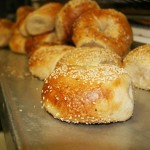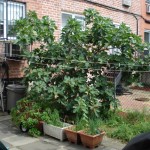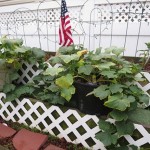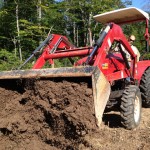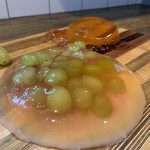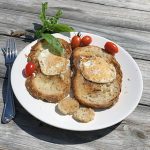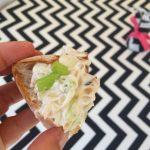Mistaken Identity, It’s Not A Pine Tree
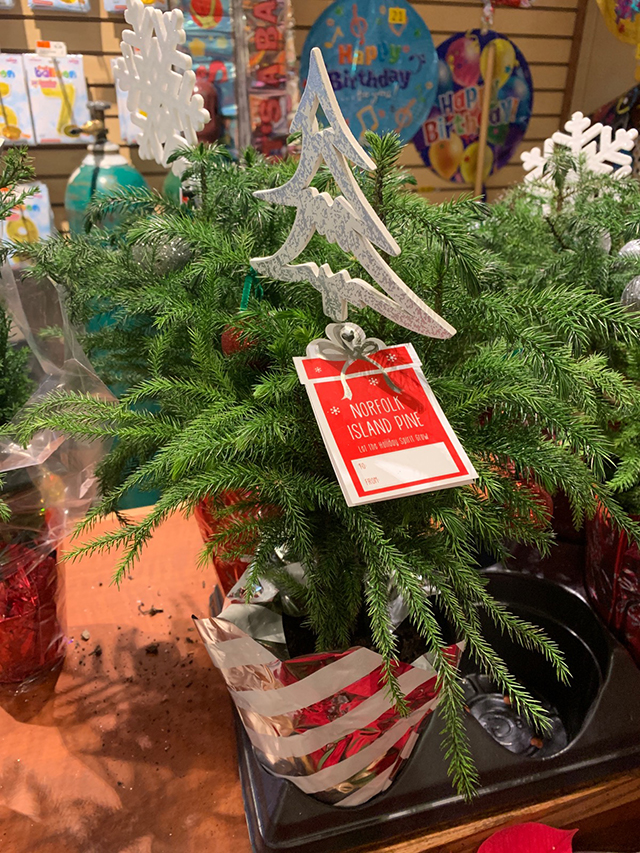 After receiving this plant follow my care instruction in this article. Remove it’s decorations after the holiday to reveal a beautiful living tree in need of your attention.
After receiving this plant follow my care instruction in this article. Remove it’s decorations after the holiday to reveal a beautiful living tree in need of your attention.
Sometime in August I was walking back from the gym when my neighbor Brady called me over. “Hey, you gotta sec?” He runs upstairs and brings down a very sad looking Charlie Brown type tree. “If anyone can save this, it will be you.” I was touched Brady thought of me as a plant healer! On inspection I knew this would be a difficult case. Many fronds were already brown. I was afraid I wouldn’t live up to my plant doctor reputation, but was ready to try.
Brady explained he was given the “Christmas tree” last December and it’s been declining ever since. The plant he’s referring to is called a Norfolk Pine (Araucaria heterophylla). It’s that mini tree decorated for Christmas that you see in the supermarkets everywhere this time of year. And this is where the confusion sets in. It’s not a pine tree, it’s a tropical conifer. The tree is native to the South Pacific, specifically to Norfolk Island off the coast of Australia. In the wild, this evergreen can grow up to 200ft tall. Norforks are not cold-hardy and they need a lot of sun. People get confused understandable since it is disguised as a Christmas tree, so they treat it as such.
By the time the holidays have passed, the tree is usually already in trouble. Often times it’s left outside as decoration or inside away from a strong light source. Adding to the struggle, this is not a plant, it’s a young tree and they’re susceptible to many issues due to their shallow root system.
The Norfolk Pine is stunning. It’s branches are symmetrical forming an octagon shape. The fronds are soft and feathered. New growth is bright green. If you’re gifted this beautiful tree during the holidays here are some care tips.
Place the Norfolk Pine near a sunny, south-facing window. As mentioned, it is tropical. Mist it twice a week. Browning on upper branches is a sign of overwatering, under watering or low humidity. I’ve found mostly the browning is from overwatering. Make sure the top layer of soil is dry before watering again. Repot out of it’s small container and use an equal part mix of peat moss, topsoil and sand. Naturally the tree grows in sandy well-drained soil. You can prune dead branches but unfortunately they will not grow back. The area will remain bare. If you’re tree is thriving, new shoots may appear from the base.
Regrettably for Brady’s Norfolk, we were too late. I’m sorry (and a little embarrassed) to report that I was unsuccessful, despite all of my research and efforts. I spotted the Norfolks in Key Food the other day and had the thought to replace his with an imposter, but my conscience would not allow!
As an aside, 15 years ago my sister gave my mother a tiny Norfolk Pine for her birthday which is Dec 19th (Happy Birthday Mom!). It grew so tall my mother gave it back to Natalie since she has very high ceilings in her living room. The tree is thriving and it’s 10 feet tall! This proves if the conditions are right, the Norfolk will thrive and can be rewarding to care for, not to mention look beautiful in your home.
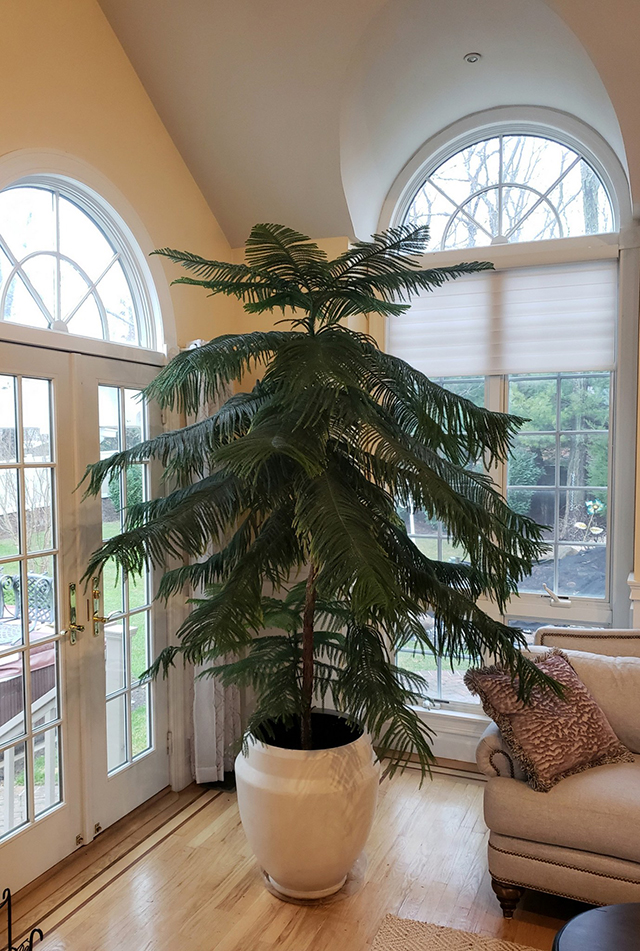 This is my sister Natalie’s Norfolk Pine at a towering 10 feet tall!
This is my sister Natalie’s Norfolk Pine at a towering 10 feet tall!
For more plant talk follow Paula on Instagram @theglorifiedtomato
Previously published in The Wave





